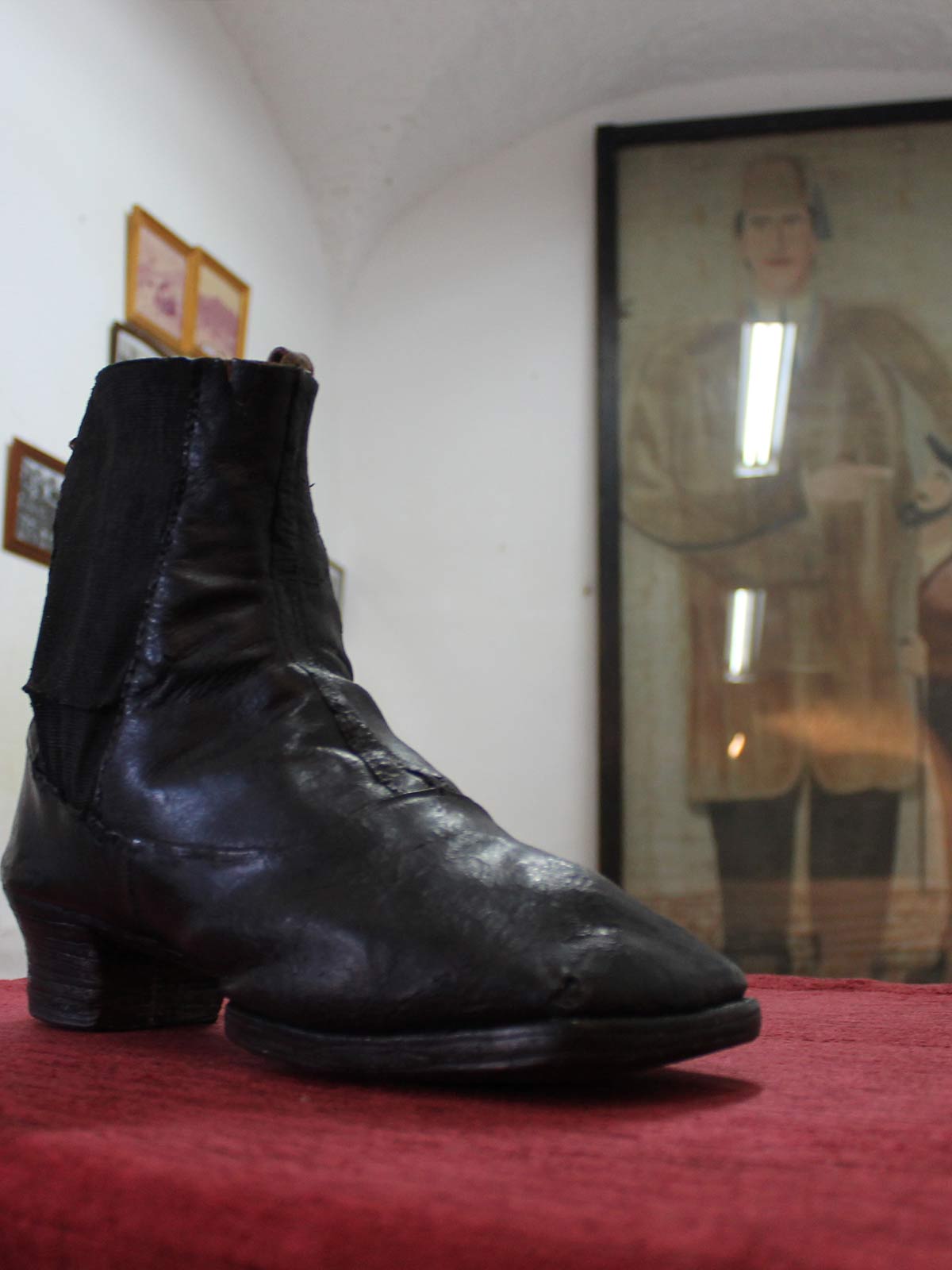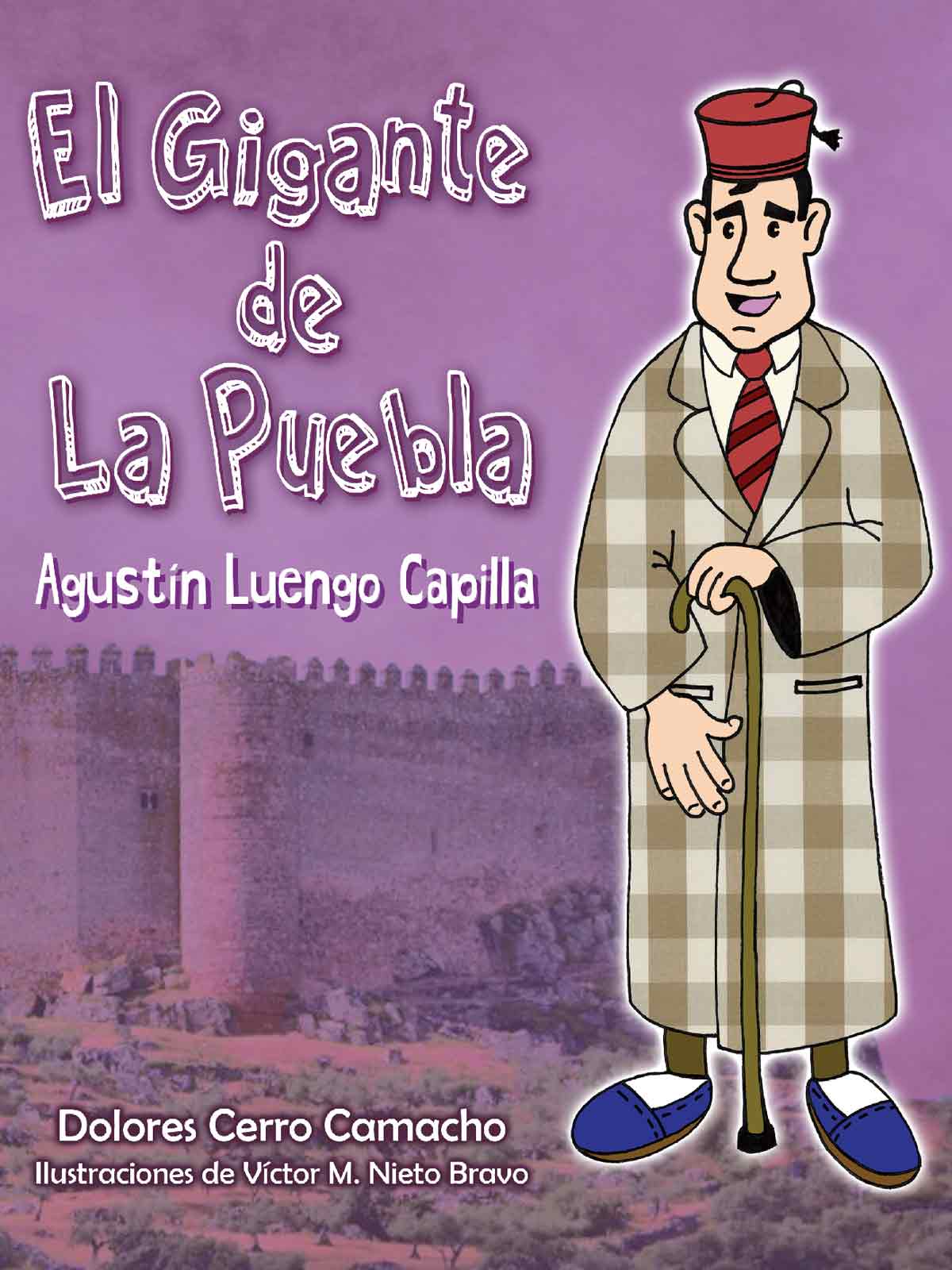-
Agustín Luengo Capilla was born in Puebla de Alcocer on 15thAugust, 1849.
Not only is he remembered for being one of the tallest men in history (235cm), but because his remains rest in the National Museum of Anthropology in Madrid. His life has been included in a recent novel.
He had a childhood that went almost unnoticed, only remembered as being a sickly boy and it is known that his parents had to make a hole in the wall of his bedroom to put some boards to be able to expand his bed.
Due to his unique physical characteristics, he worked as an advertising man in a circus that circulated throughout Spain. To his audience he hid his huge hands, in which he could hold “a loaf of bread in each hand” and held “a pint of olives”.
Such was his fame, that he was presented to the young King Alfonso XII on 3rdOctober, 1875, in a gracious welcome as Augustine had been ill for two months.
Dr. Pedro Gonzalez de Velasco, Professor of Anatomy, Faculty of San Carlos de Madrid, managed to contact the Giant to propose a deal. Dr. Velasco would pay 2.50 pesetas a day until the day of his death. In exchange, and by means of a notarial document, he would take charge his corpse which would go to his brand new museum, inaugurated on April 29, 1875 by Alfonso XII.
Augustine died in Madrid on 31stDecember 1875, at the age of 26 years old due to his illness, known as bone tuberculosis.
Dr. Velasco underwent a detailed autopsy,made aplaster cast (which shrank 10 cm), mounted the skeleton,and the skin was prepared and dressed in clothes that Augustine used in life. All these jobs are submitted to the scientific community in the Universal Exhibition in Paris in 1878.
Currently you can see the remains of plaster cast and the Giant´s skeleton at the National Museum of Anthropology in Madrid.
In the Ethnographic Museum of Puebla de Alcocer is a boot that belonged to Augustine and one of the original posters announcing the circus, both objects relinquished by the remaining family.





